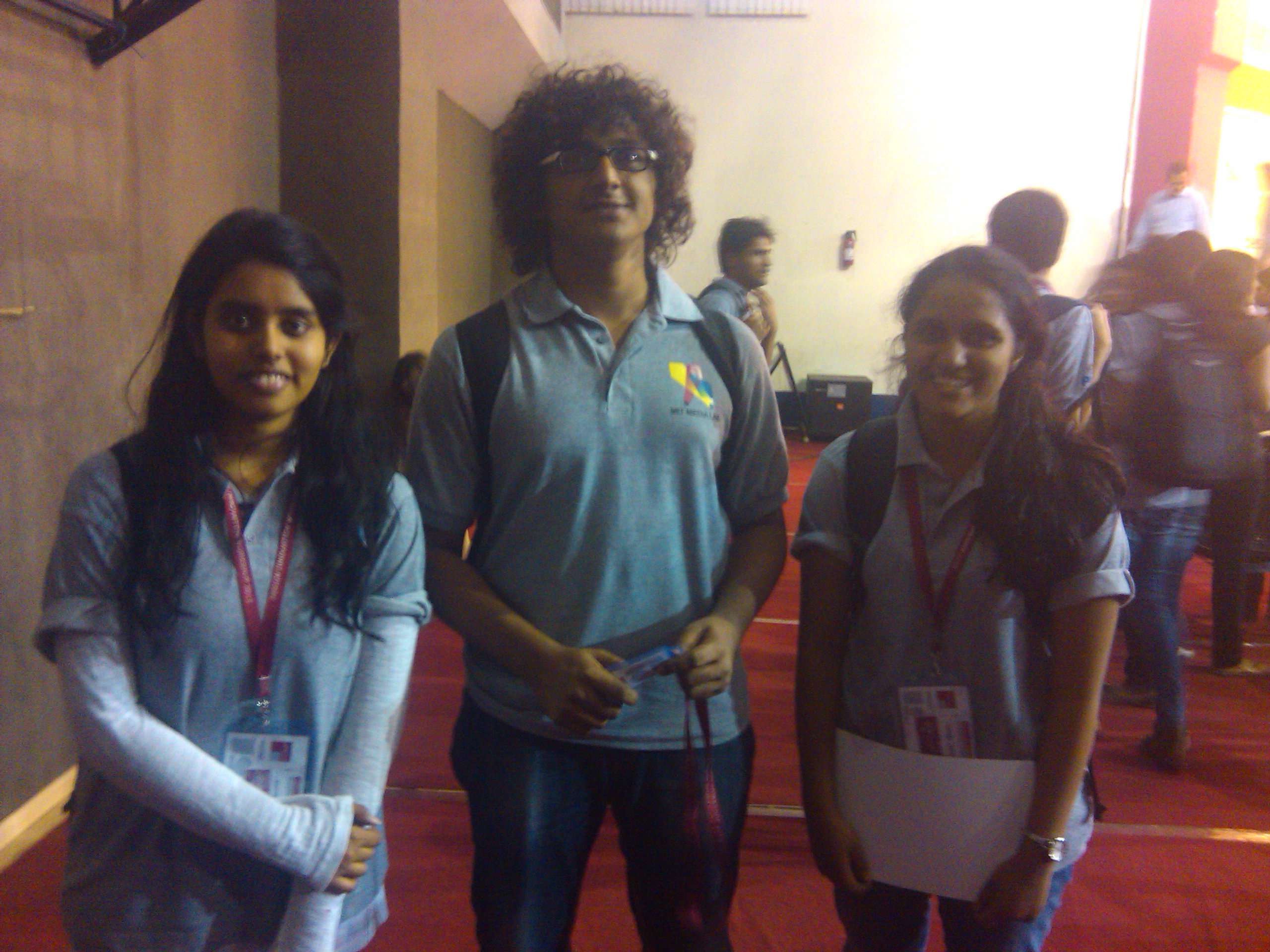USB 3G Modem detected as cdrom, How to fix, Ubuntu 12.04
I wanted to put this post up few days ago but couldn’t get time to write. After installing Ubuntu 12.04 with UEFI switched off, I switched GPU off. I was expecting WiFi problems but I didn’t expect any problems with USB 3G modem. I plugged it in. It showed green and blue light which meant it was intitialized but I couldn’t access it. I looked up on the net and got various solutions but none of them worked. My HUAWEI 3G USB modem was getting detected as cdrom. Weird!
» (From left) Aditi, Jay and Nikita at Design Innovation 2013
(From left) Aditi, Jay and Nikita at Design Innovation 2013